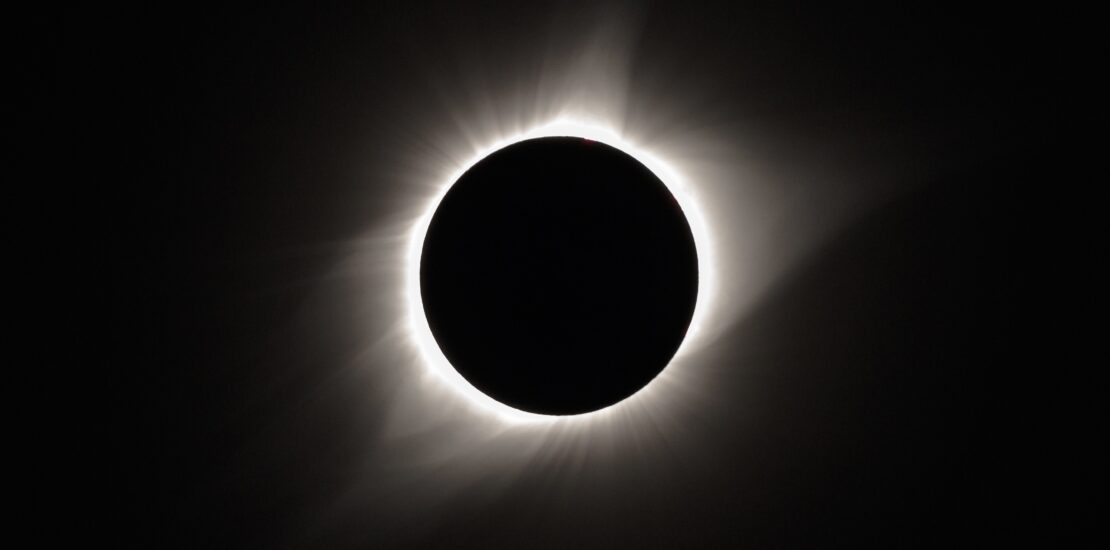- September 13, 2017
- Posted by: Dave Kurlan
- Category: Understanding the Sales Force

In the summer of 2017, under the cover of a solar eclipse, Objective Management Group (OMG) added and began testing for Altruistic Motivation as one of 3 types of Sales Motivation. Sales Motivation is one of the 21 Sales Core Competencies OMG measures. Prior to 2017, OMG had been measuring only Extrinsic and Intrinsic Motivation in its Sales Force Evaluations and Sales Candidate Assessments.
I reviewed the data and in the table below you’ll see that extrinsic motivation is most prevalent in the top group of salespeople while altruistic motivation is most prevalent in the lowest group of salespeople. You’ll also see the correlation between overall sales motivation and performance.

With motivation data correlating so perfectly with Sales Percentile, the most important question to ask is, what does it mean?
Recently there have been several articles that suggest we should eliminate commission salespeople and begin paying everyone a salary. That would REALLY appeal to the bottom 10% with 73% of them being either intrinsic or altruistic. The majority of the bottom 10%, especially the 35% who are altruistically motivated, should be in customer service. Customer service doesn’t pay as well but that is the role in which they could become top performers by being of service to others.
What do you suppose would happen to the performance of the top 23% if faced with being paid the exact same amount as under performing colleagues? Say goodbye to their quota crashing performance!
Looking forward, our biggest challenge is that most millennials tend to be intrinsically motivated. Read this terrific article and look at the data comparing millennials to top salespeople. While overall motivation is nearly identical in all four groups, millennials have an average Sales Percentile of just 52, placing most of them in the category of weak salespeople where the overwhelming majority are intrinsically motivated. It’s not a stretch to draw the conclusion that the majority of salespeople in the weak category could be millennials.
The best way to incentivize salespeople will continue to be an ongoing topic of discussion. Those who think that a prospect’s interests are best served when salespeople are not on commission are misguided. The reality is that the top two groups of salespeople don’t act in a way that makes prospects feel like they are being sold something. People buy from them because they build relationships, are consultative, listen and ask great questions, and understand the problems that need to be solved. Weaker salespeople are transactional, rely on presentations and demos, and appear to be more interested in making a sale than solving a problem. Most of the experts who weigh in on this matter have it backwards. Like all of the inbound writers who several years ago predicted that sales was dead and inbound was king, this idea is nothing more than fake news.
Salespeople who are intrinsically motivated would prefer to be compensated with a salary and perhaps a bonus for performance while extrinsically motivated salespeople would prefer the plan that offered the sky as the limit.
The biggest change for companies is the need to understand how to motivate intrinsics. Traditional sales motivators like commissions, competition, contests, and awards do not motivate intrinsics. They want to be part of something bigger than themselves, would like to change the world, want to achieve mastery, sell because they love it, and do it for personal satisfaction. How can you motivate them and more specifically, how can you motivate them to become better as a group than their current state of weak?
